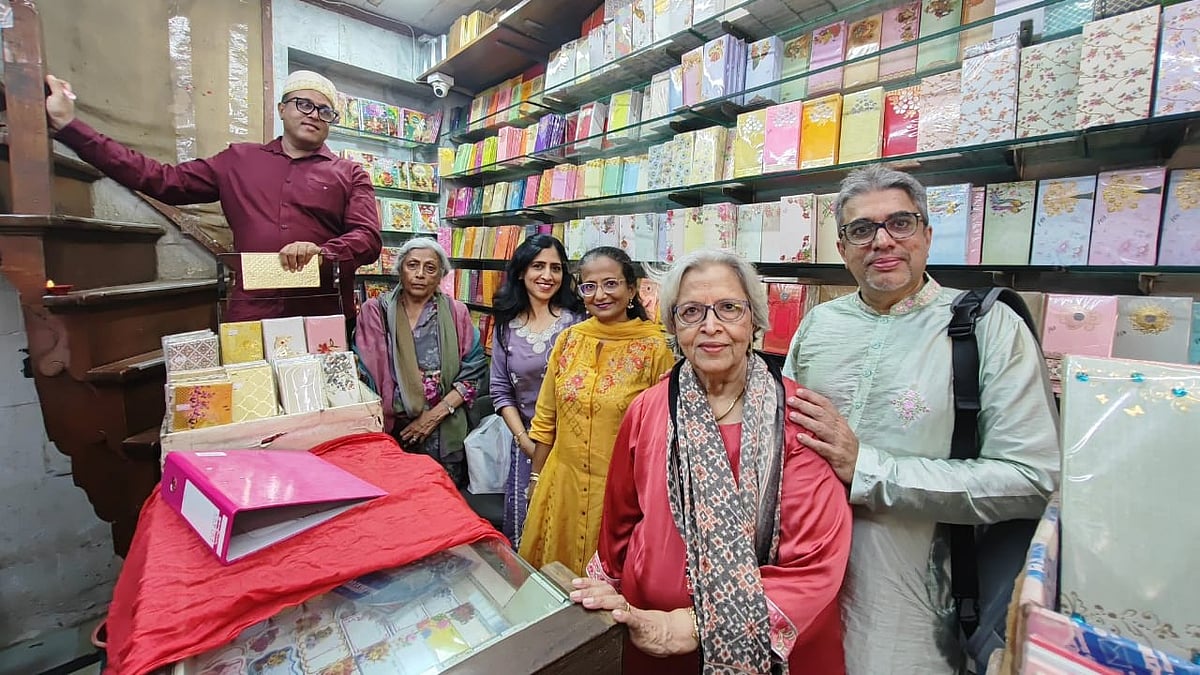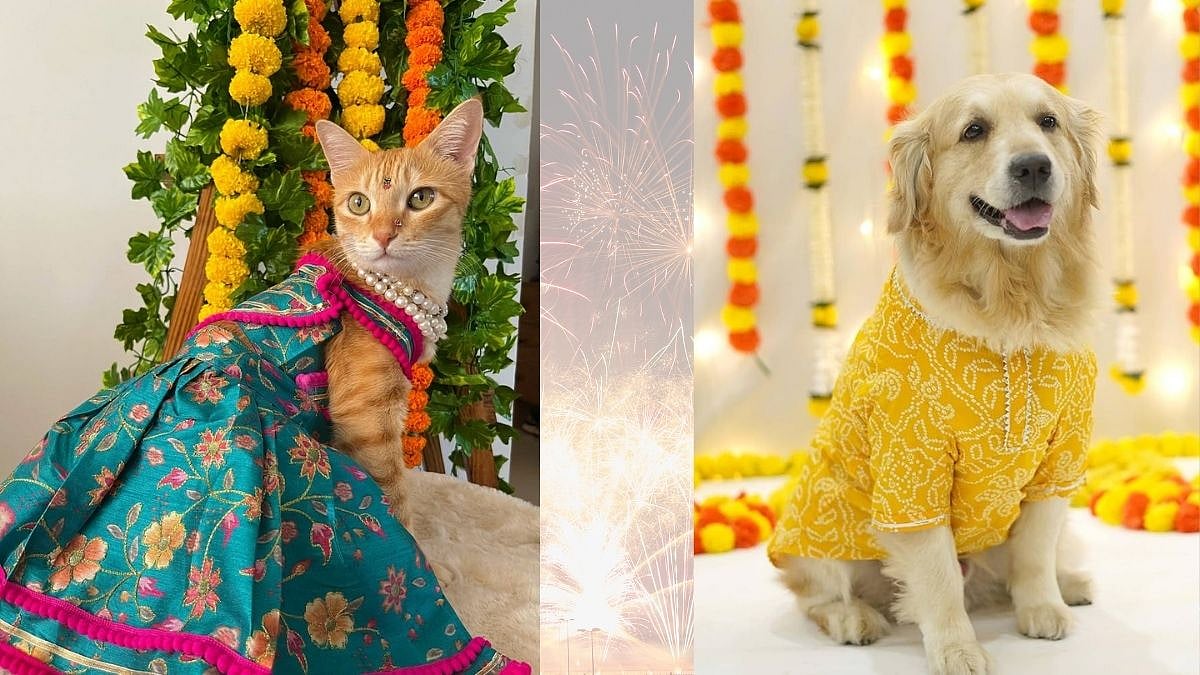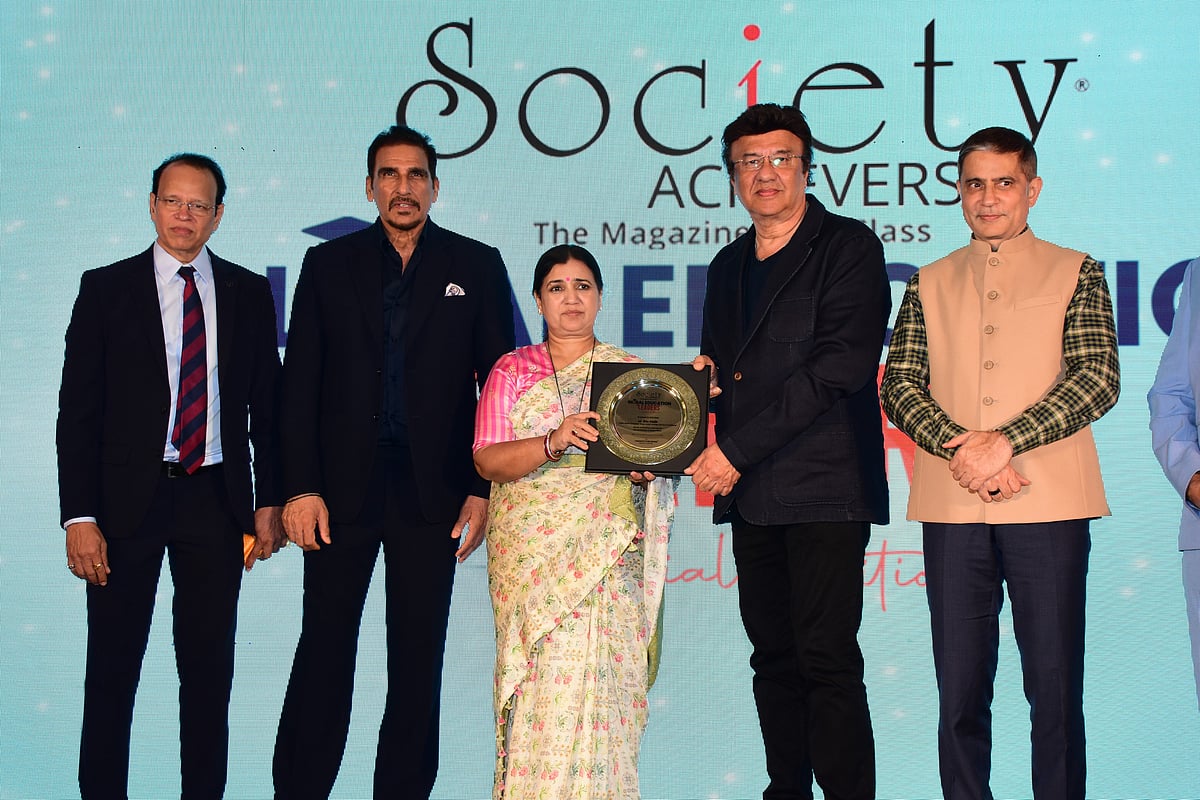Recently, a principal was forced to resign. Reason: as part of an art history class, a group of sixth-grade students were shown the great Michelangelo’s ‘David’ which is considered to be the height of Renaissance sculpture.
A debate on how much say should parents have in deciding what is taught in schools is rife in educational circles. Is it reasonable for parents to colour and spill their conditioning to adulterate the sanctity of a syllabus? A syllabus that is meticulously drawn by qualified educators? Will parents decide that nude sculptures, which are part of our rich history, be called ‘obscene’?
Back home our temples which are thousands of years old, have carvings that are all full of not just nude statues but elaborate, intricate scenes of intimacy as an aspect of life on earth. Are they all to be covered and hidden?
This entire attitude to cover, and that ‘sex’ is temptation and that it is a sin is all a part of recent history. Ancient history, of almost all cultures, has depicted sex or bodies as shameful. It wasn’t a matter of sin or gossip. It was as natural an occurrence as eating food and breathing air. This culture of ‘taboo’ is new and Western.
To call the statue of David obscene, reflects the decline in our thinking and the repressive and regressive society that we are becoming. This reality is alarming.
This reminds me of an incident my dear friend and famed artist, Akbar Padamsee had shared with me on the subject of censorship. Padamsee, held his first solo exhibition in 1954 at the Jehangir Art Gallery, Mumbai, that mainly consisted of figurative paintings of male and female heads, torsos and nudes.
A day after the opening, however, his paintings Lovers I and Lovers II attracted negative attention and were censored by the authorities. When the artist refused to take the paintings down, he was arrested. He was released on bail the same day, but Akbar was dragged to court. The two paintings that caused the fuss showed a male figure touching the breast of a female figure.
The court case that followed set a precedent in India, with supporters such as Karl Khandalawala, Rudi von Leyden, and others presenting expert testimonies which brought the court to judge in favour of the artist. The art historical references that were used in the trial to explain Padamsee’s artistic intentions were based on classical Western art as well as on Indian art such as the erotic sculptures at Khajuraho. Akbar Padamsee’s case was argued along the lines of the idea of artistic autonomy and thereby defended modernist art in India successfully.
Four decades later, M F Husain was criticised by some groups and there were threats of violence and legal prosecution. In Husain’s case, as in Padamsee’s, judgment was ruled in favour of the artist and against the charges of obscenity, but it broke Husain’s heart.

Considered by many as a father of contemporary Indian art, MF had put Indian contemporary art on the global scene, he could not believe that a country he loved so dearly would treat him with such toxicity. One of the interesting things that came out of it, was that once you enter a gallery to see a show, you do it exercising your own choice.
Hence within a closed space an artistic expression should not be stifled but the same painting if published on the front page of a newspaper can be objectionable.
Today, Indian art is confidently coming of age. Every form of stylistic expression in the visual arts, from naturalism to abstract expressionism derives its power from the artist’s emotional connection to his perceptual reality.
The Nude in contemporary art, a perennial art subject, considered to be one of the greatest challenges in art has still not lost its charm and focuses on how the human form has been re-interpreted by the emerging and influential artists today.

The paintbrush has become a powerful tool of expression as the pen is for some, and has thus occasionally come under the line of fire for having crossed the Lakshman Rekha and for plunging into the forbidden, which is called ‘obscene’, ‘vulgar’, ‘depraving’, ‘prurient’ and ‘immoral’. Our ancient Indian art has shown eroticism, where sex worship and graphical representation of the union between man and woman have been a recurring feature. The sculptures on the earliest temples stand witness.
Even the very concept of ‘Lingam’ of the God Shiva resting in the centre of the Yoni, is in a way representation of the act of creation, the union of Prakriti and Purusha.
What needs to be seen is that the work is not sensational for the sake of being so and hence needs to be understood before any objections are raised.
(Sonal Motla is an art curator and Director at Rachna Sansad, working towards issues on art education, craft and design as a visiting faculty with a few educational institutions like NIFT Mumbai, among others. Send your feedback to: sonal25fpj@gmail.com)











